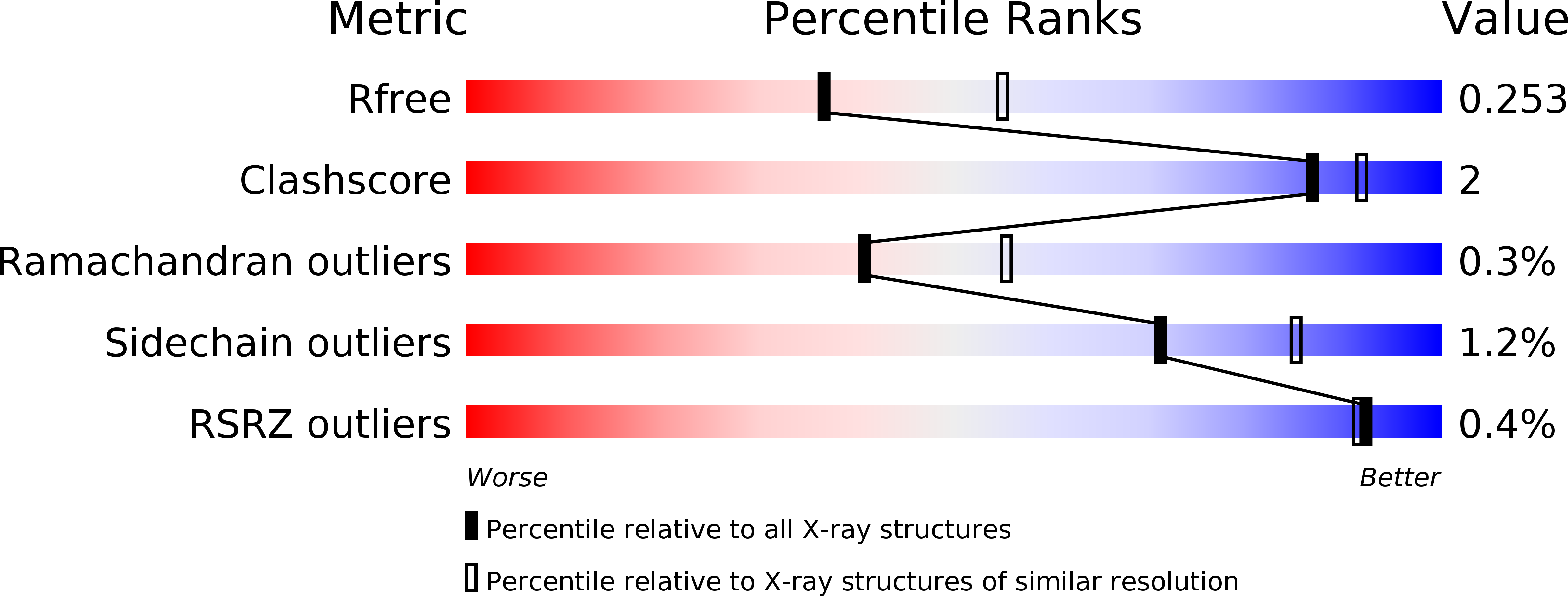
Deposition Date
2018-12-27
Release Date
2019-12-04
Last Version Date
2023-11-22
Entry Detail
Biological Source:
Source Organism:
Chlamydomonas reinhardtii (Taxon ID: 3055)
Host Organism:
Method Details:
Experimental Method:
Resolution:
2.40 Å
R-Value Free:
0.25
R-Value Work:
0.21
R-Value Observed:
0.21
Space Group:
C 2 2 21


